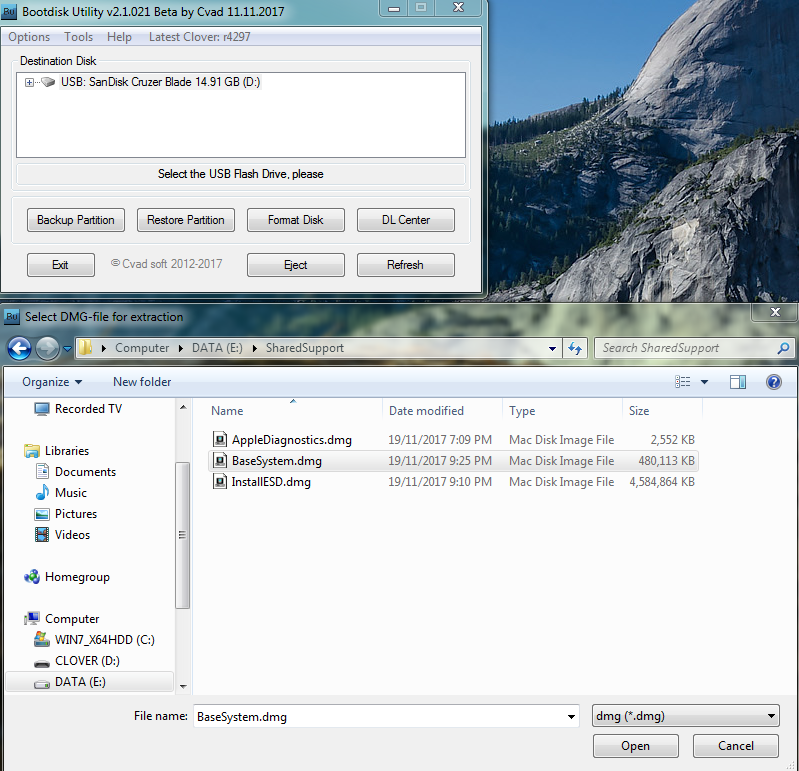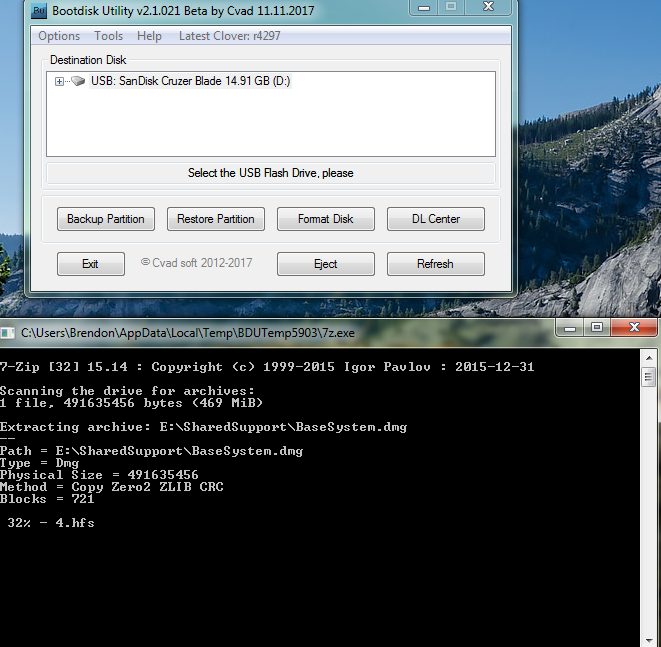

- CREATE OS MAC SIERRA COPY BASE.SYSTEM MAC OS X
- CREATE OS MAC SIERRA COPY BASE.SYSTEM MAC OS
- CREATE OS MAC SIERRA COPY BASE.SYSTEM INSTALL
- CREATE OS MAC SIERRA COPY BASE.SYSTEM UPDATE
This means that if you moved it before installing Yosemite, you need to move it back before making your installer disk.
CREATE OS MAC SIERRA COPY BASE.SYSTEM INSTALL
(The Terminal command used here assumes the drive is named Untitled.) Also, make sure the Yosemite installer, called Install OS X Yosemite.app, is in its default location in your main Applications folder (/Applications).

(Follow this tutorial to properly format the drive.) Your OS X user account must also have administrator privileges. That drive must also be formatted with a GUID Partition Table. Whichever method you use, you need a Mac-formatted drive (a hard drive, solid-state drive, thumb drive, or USB stick) that’s big enough to hold the installer and all its data-I recommend at least an 8GB flash drive. The Disk Utility-via-Terminal approach is for the shell junkies out there. The Disk Utility method is the way to go for people who are more comfortable in the Finder (though it does require a couple Terminal commands), and it works under Snow Leopard, Lion, Mountain Lion, Mavericks, and Yosemite. (Note that the createinstallmedia tool doesn’t work under OS X 10.6 Snow Leopard-it requires OS X 10.7 Lion or later.) The createinstallmedia method is the easiest if you’re at all comfortable using Terminal, it’s the approach that I recommend you try first. I’ve come up with three ways you can create a bootable OS X install drive for the Yosemite: using the installer’s built-in createinstallmedia tool using Disk Utility or performing the Disk Utility procedure using Terminal. Browse to Contents/SharedSupport and copy InstallESD.dmg to your Mac user Downloads folder.Create the Yosemite install drive: The options

After downloading, right-click the installation file (located inside Applications) and choose show package contents.
CREATE OS MAC SIERRA COPY BASE.SYSTEM MAC OS
CREATE OS MAC SIERRA COPY BASE.SYSTEM UPDATE
In this case, we will update the recovery partition on our MacBook Pro 2011 from the default 10.7 Lion recovery partition to the High Sierra recovery partition 10.13.6. On some older Mac’s, Internet recovery is done with key combo shift + option + command ⌘ + r. The exception are the Macs that originally shipped with a recovery DVD prior to Lion, or earlier Macs that lack the firmware update to boot into Internet Recovery. This means if you re-install Mac OS Lion 10.7 on a Mac that shipped with 10.7 and decide to upgrade to High Sierra, you will still have the Lion 10.7 Internet Recovery image. This is behavior controlled by the Apple servers and you will not be able to change the Internet recovery re-install image unless Apple decides too.
CREATE OS MAC SIERRA COPY BASE.SYSTEM MAC OS X
This boots to Internet Recovery mode and will only grab the version of Mac OS X that originally shipped with the Mac. Option + Command ⌘ + R (Internet Recovery): Is created by default when you install Mac OS X for the first time. This will attempt to boot from a recovery partition on your hard drive. For example, the 10.7 recovery partition does not include the same Terminal bash commands as High Sierra, such as csrutil. This can be frustrating in certain circumstances. Mac OS does not automatically update the recovery partition on Apple computers when you update the OS or re-install a new copy of the OS. In this guide, we will update a Mac’s old recovery partition (10.7 Lion or younger) to Mac OS High Sierra 10.13.5. These steps will fail and you will receive the following message:Įrror (async): The given disk has a storage system (such as AppleRAID) which is not supported for this operation (-69718) Note: You will not be able to install a recovery partition on an Apple RAID drive. After the script completes, you will have a recovery partition created.


 0 kommentar(er)
0 kommentar(er)
